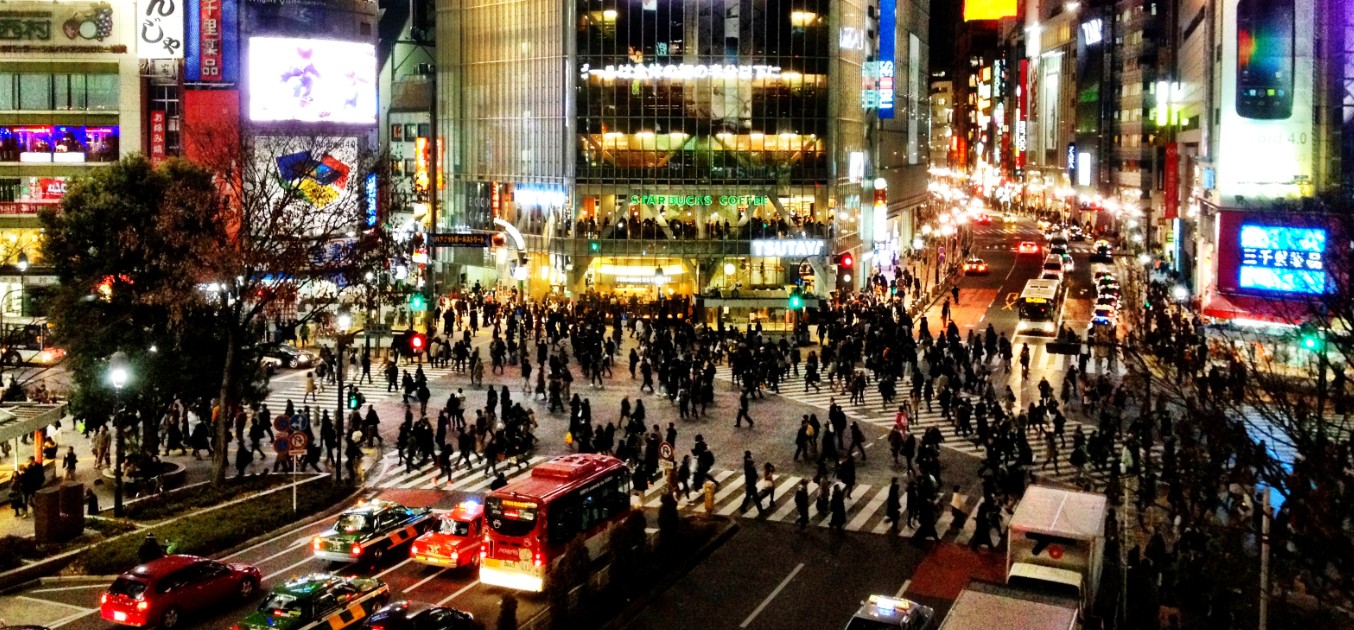A new law of science has been found to beautifully explain crowd movements for first time. The as-yet unnamed law, which is a mathematical, universal power law for human interactions, was found by U of M researchers who analyzed complex datasets that have only recently been available. The movement of crowds is fundamentally anticipatory in nature, according to the researchers, and the new, simple energy law expresses, in the words of its lead author, “the beauty of human nature.”
“The law we identified is brand new; such a law would have been impossible to identify 10 years ago as we simply did not have the technology to track pedestrian crowds at a large-scale,” Dr Ioannis Karamouzas, Research Associate at the University of Minnesota’s Department of Computer Science and Engineering and first author of the report, told The Speaker.
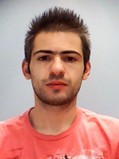
“Nowadays, though, in the era of big-data there is a plethora of publicly available human crowd data. By analyzing such data, we found that, unlike particle-based interactions, the interactions between pedestrians are anticipatory in nature,” Karamouzas told us, referring to previous models that had attempted to predict crowd behavior with data based on repulsive particles rather than humans.
“To be more specific, when two particles interact the amount of energy that they have to expend to avoid colliding with each other depends on how close they are. In contrast, when two pedestrians interact, their energy depends on the ‘time-to-collision,’ i.e., the time that it takes for the pedestrians to collide assuming that they do not change course; as a collision becomes more imminent, this energy increases drastically.”
Karamouzas and his team have discovered a universal parameter based on single variable that explains crowd movement.
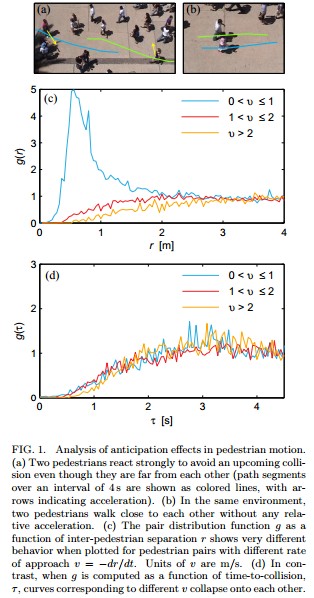 “Surprisingly, the relationship between interaction energy and time-to-collision consistently follows a simple mathematical law stating that the degree to which two pedestrians are willing to respond to each other is inversely proportional to the square of their projected time-to-collision.”
“Surprisingly, the relationship between interaction energy and time-to-collision consistently follows a simple mathematical law stating that the degree to which two pedestrians are willing to respond to each other is inversely proportional to the square of their projected time-to-collision.”
Karamouzas elaborated on the types of crowd phenomena that could be explained by the new law.
“This law is broadly applicable as it consistently holds across different crowd settings; we analyzed both sparse and dense human crowds and found that pedestrian interactions follow the same power-law relationship. Our law has allowed us to gain a better understanding into how human behave and interact in a crowd.
“Looking into the future, I believe that such a law will have broad applications into our everyday life, from simulating in a more accurate way pedestrian behaviors in games, training simulators and animated movies, to designing safer buildings and pedestrian facilities.”
Karamouzas also explained how a law could so simply cover such range in speeds, densities and situations.
“That’s the beauty of the human nature! Every person in a crowd is certainly unique with his/her own desires and individual goals. What our law captures is how people adapt their courses in response to others around them. And such adaptations directly follow from the psychology of anticipation. As we move through a crowd our brain is able to process visual and acoustic cues and recognize the future consequences of our actions allowing us to react accordingly. And it’s the interaction between each person’s individual goals and our inferred law that allows pedestrians to exhibit such a large variety of behaviors.”
The law could not have been found in the past, due to the complexity required of the analysis.
“When we move in a crowd, we typically experience a complex system of competing forces,” said Karamouzas. “On one hand we have a goal that we are tying to reach–e.g. grocery store–and on other hand we try not to bump into other people. On top of that, we hardly ever walk alone but in small groups–such as couples, families, friends, etc. As such, we have to account for all these factors and continuously make our own decisions, which makes very hard to isolate/identify the primary rule that describes our interactions in a crowd. Much of the work in our paper was developing a new analysis technique which can account for the effect of all these forces simultaneously. Because the technique we employed was statistical in nature, we needed to analyze thousands of trajectories to robustly determine the pedestrian interaction law.”
Karamouzas went into detail about how his team found the law.
“We turned into a large collection of publicly available pedestrian datasets that are nowadays available thanks to the advances in automated tracking and computer vision,” said Karamouzas. “Overall, we analyzed six datasets 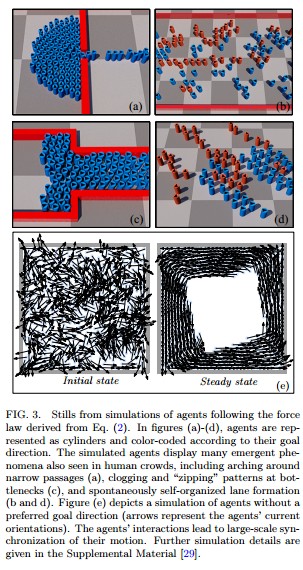 consisting of students walking in college campuses, pedestrians interacting at commercial streets, and a few controlled experiments where participants navigate through narrow bottlenecks.
consisting of students walking in college campuses, pedestrians interacting at commercial streets, and a few controlled experiments where participants navigate through narrow bottlenecks.
Previously, there had been formidable challenges facing researchers who wanted to find an accurate and general rule for pedestrian behavior.
“To overcome the challenges that I mentioned already and robustly quantify the interaction law of pedestrians we employed a novel approach rooted in condensed matter physics. We initially measured the probability that any pair of pedestrians in the data has of maintaining a certain separation distance. We basically hypothesized that similar to charged particles, the interaction between pedestrians is distance-dependent. However, we found that the probability plots were very different for different walking speeds; when two pedestrians approach each other very fast they tend to maintain a larger separation distance than when they move slowly, as opposed to particles. As such, we started looking into different variables that can describe the interactions between pedestrians and we found that the time-to-collision is a sufficient descriptor. The probability plots were the same for different speeds as well as different orientations at which pedestrians approach each other. In addition, the time-to-collision measure naturally accounts for pedestrians coming relatively close to one another when moving in roughly the same direction–e.g. a pair of friends walking line-abreast. Eventually, by analyzing all the data, we inferred a simple energy law for the interactions between pairs of pedestrians.”
The research is considered to hold new promise for improved public architecture and spaces, the failings of which in the past have caused deaths.
“First of all, the nice thing about our newly identified law is that it directly implies an accurate model of simulating crowd flows. And through such simulations, we can design safer buildings as well as improve the efficiency of 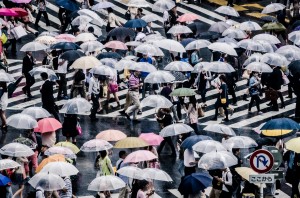 existing facilities–e.g., better egress times at a stadium. Furthermore, our novel way of analyzing crowd data and directly measuring the “interaction energy” between pairs of pedestrians opens interesting avenues for future work. For example, we would like to analyze crowd data from mass gatherings, such as concerts, and see how the interaction energy can be used to identify critical areas preventing the likelihood of crowd disasters–like the Love Parade in 2010).
existing facilities–e.g., better egress times at a stadium. Furthermore, our novel way of analyzing crowd data and directly measuring the “interaction energy” between pairs of pedestrians opens interesting avenues for future work. For example, we would like to analyze crowd data from mass gatherings, such as concerts, and see how the interaction energy can be used to identify critical areas preventing the likelihood of crowd disasters–like the Love Parade in 2010).
Karamouzas commented on what he thought may be the most important thing for readers to understand of the research.
“The main take-away message is that a lot of the complexity of pedestrian interactions can be captured using simple mathematical equations. The universality of how pedestrian respond to each other is really surprising, and understanding this can lead to more accurate simulations, safer building designs, and shed some light into the anticipatory nature of human interactions.
The report, Universal Power Law Governing Pedestrian Interactions, was authored by Drs. Ioannis Karamouzas, Brian Skinner, and Stephen J. Guy, and was published in Physical Letters Reviews last week.
Feature image: Karl Baron
Images belong to the work of the researchers
VIDEOS from the researchers
Agents positioned at two concentric circles have to walk to their antipodal points.
Self-directed agents form collective patterns.
Bi-directional flow through a corridor.
